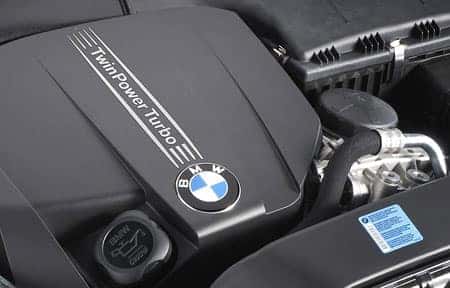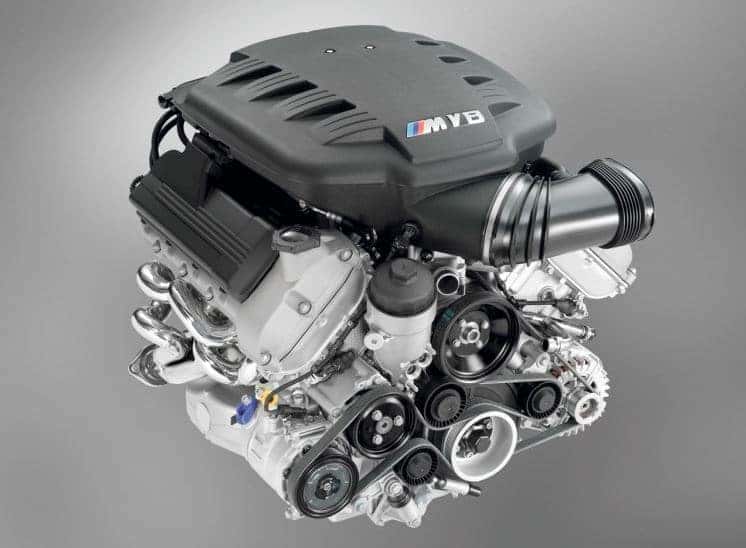Revealing the Tricks Behind the Power of the BMW Engine
Revealing the Tricks Behind the Power of the BMW Engine
Blog Article
Checking Out the Development of Combustion Engines in Modern Transport Systems
As we browse the landscape of contemporary transportation, the evolution of combustion engines stands as a testament to human ingenuity and engineering expertise. From their modest starts to the innovative powerhouses thrusting vehicles today, combustion engines have undergone an amazing journey of innovation and adjustment. Comprehending the complexities of this development not only clarifies the past but also paves the means for picturing what lies ahead in the world of transport modern technology. The interaction of history, technology, and environmental problems fit the trajectory of combustion engines creates a narrative that is both engaging and informative.
Early Beginnings of Combustion Engines
How did the principle of combustion engines initial emerge in the early stages of transport growth? The roots of burning engines can be mapped back to the 17th century when the principles of interior burning were first checked out.
The breakthrough minute featured the invention of the very first effective gasoline-powered engine by Karl Benz in 1885 - bmw engine. This engine led the way for the growth of the modern-day vehicle, changing transportation systems worldwide. Succeeding innovations by Nikolaus Otto and Gottlieb Daimler additionally improved combustion engine innovation, leading to the automation of cars and the quick expansion of the transportation sector
These early combustion engines were defined by their simplicity and effectiveness, laying the foundation for the complex and powerful engines used in modern transportation systems. The evolution of combustion engines has been instrumental in shaping the means we take a trip and move items, marking a significant milestone in the history of transportation growth.
Change to Internal Combustion Technology
The change to inner burning innovation marked an essential shift in the evolution of transport systems. This change began in the late 19th century, with inventors like Nikolaus Otto and Gottlieb Daimler creating the very first successful internal burning engines. These engines reinvented transport by using a much more powerful and efficient choice to steam engines and electrical motors.
One of the key benefits of interior combustion engines was their capacity to be scaled down to fit into lorries, causing the development of autos and motorbikes. This shift from bulky, fixed engines to compact, mobile ones led the method for the modern-day transport systems we see today.
The transition to interior combustion modern technology likewise stimulated innovations in fuel modern technology, causing the development of gas and diesel as key fuel resources for vehicles. This change not just made transportation more accessible to the masses but likewise laid the foundation for the oil and gas sector to become important to global economic climates.
Influence of Combustion Engines on Transportation
The adoption of combustion engines in transport systems militarized a profound shift in the performance and speed of global flexibility. Burning engines transformed transport by supplying a functional and reliable source of power for different lorries, consisting of automobiles, aircrafts, ships, and trucks. This advancement significantly enhanced the capacity for people and products to move over long ranges in much shorter timespan, bring about increased connectivity in between areas and countries.
Furthermore, the widespread use of combustion engines has had a considerable impact on economic development. The ability to transfer goods efficiently has spurred profession and business, permitting organizations to increase their markets and get to customers worldwide. This has actually assisted in financial growth check it out and globalization, as products can now be carried much faster and in larger quantities than ever.
However, the have a peek at this website ecological influence of combustion engines can not be neglected. The combustion of fossil fuels has actually caused air pollution and greenhouse gas exhausts, adding to climate change and posing wellness dangers to populaces. bmw engine. Consequently, there is an expanding emphasis on developing alternative propulsion innovations to reduce these adverse impacts and produce a much more sustainable future for transport
Technologies in Burning Engine Design
One noteworthy innovation is the development of turbocharged engines, which use exhaust gases to drive a wind turbine that compresses incoming air, allowing for even more gas to be scorched, resulting in boosted power outcome without a significant increase in engine dimension. Variable valve timing systems have likewise reinvented engine style by optimizing airflow at various engine rates, improving both power and efficiency. These advancements jointly contribute to the continuous renovation of burning engines in contemporary transportation systems.
Future Fads in Burning Engine Advancement
With modern technology innovations driving constant innovation, the future of combustion engine growth is poised to reinvent transport systems internationally. One of the essential fads in burning engine advancement is the press in the direction of greater performance and reduced discharges.
An additional prominent pattern is the fostering of hybrid modern technologies in combustion engines. Hybrid engines incorporate traditional combustion innovation with electrical power, offering improved fuel effectiveness and reduced discharges. As the automotive industry shifts in the direction of electrification, hybrid combustion engines are seen as a transitional option that links the gap between traditional automobiles and completely electric ones.
In addition, the integration of smart technologies, here are the findings such as man-made knowledge and information analytics, is anticipated to play a significant role in the future of combustion engine development. These technologies can enhance engine efficiency in real-time, bring about extra efficient combustion processes and improved general automobile performance. Accepting these future fads will not just drive innovation in burning engine growth yet additionally add to an extra lasting and eco-friendly transport ecological community.

Final Thought
In final thought, the advancement of burning engines in modern-day transport systems has actually been noted by substantial developments in innovation and style. From the early beginnings of combustion engines to the shift to interior combustion innovation, these engines have had a profound impact on transportation. Innovations in combustion engine layout remain to drive development in this field, with future fads concentrating on further improving efficiency and lowering exhausts. The future of burning engines in transport looks appealing as r & d efforts continue to press borders.
The origins of combustion engines can be mapped back to the 17th century when the principles of inner combustion were first explored. These engines revolutionized transport by providing a more powerful and reliable alternative to vapor engines and electric motors.

Report this page